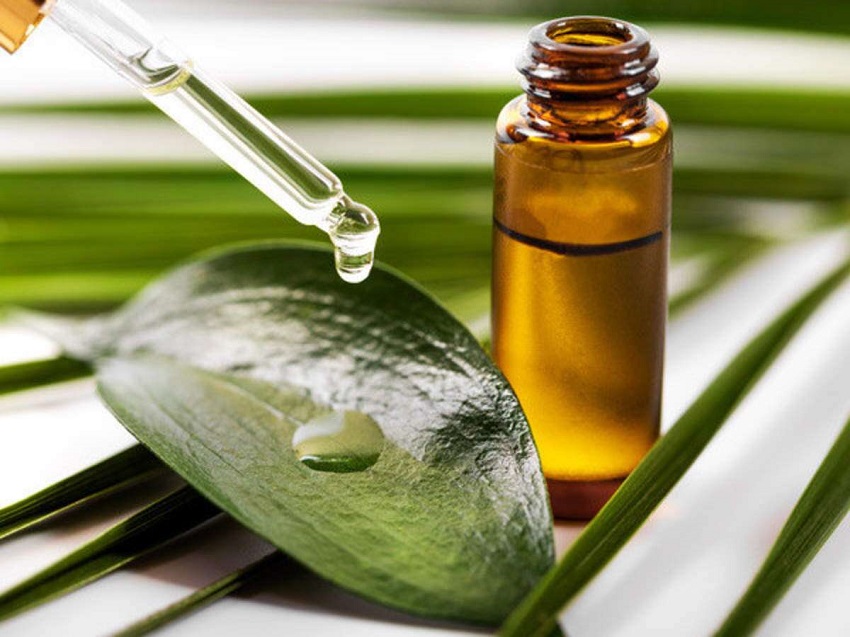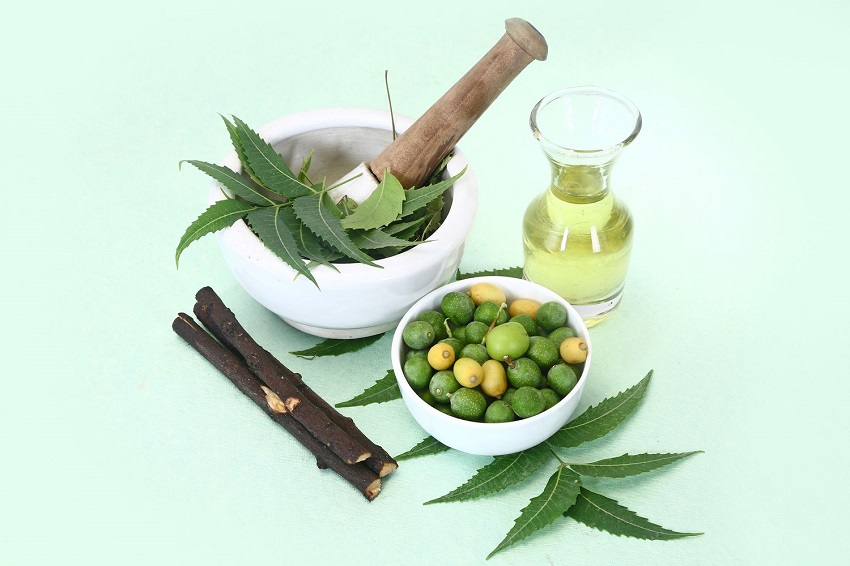
09 Jun Does Neem Oil Work on Fungus?
Fungal infections can be a nuisance, causing discomfort and affecting the overall well-being of individuals. Neem oil, derived from the neem tree (Azadirachta indica), has gained popularity for its potential benefits in treating various conditions, including fungal infections. In this article, we will explore the effectiveness of neem oil in combating fungus and discuss its uses, benefits, and precautions.
Understanding Fungal Infections
Fungal infections are caused by the overgrowth of fungi, which thrive in warm and moist environments. Common fungal infections include athlete’s foot, ringworm, nail fungus, and yeast infections. These infections can affect the skin, nails, scalp, and other parts of the body. The symptoms may vary depending on the type of infection but often include itching, redness, inflammation, and in some cases, pain.
Neem Oil: Nature’s Antifungal Remedy
Neem has been used for centuries in traditional Ayurvedic medicine for its antimicrobial and antifungal properties. It contains various compounds, such as azadirachtin, nimbin, and gedunin, which have been found to have antifungal effects. These natural compounds work together to inhibit the growth and spread of fungi, helping to alleviate the symptoms associated with fungal infections. If you’re having problems with hydrangeas in pots, neem may be a natural solution to consider.
The Benefits of Neem Oil for Fungal Infections
1. Antifungal Properties
Neem oil has been shown to possess significant antifungal activity against a wide range of fungi, including those responsible for common skin infections. Studies have demonstrated its effectiveness against dermatophytes, the fungi responsible for athlete’s foot and ringworm. Applying neem oil to affected areas may help in reducing fungal growth and relieving associated symptoms.
2. Soothing and Moisturizing Effects
In addition to its antifungal properties, neem oil also has soothing and moisturizing effects on the skin. Fungal infections can often cause dryness, itching, and irritation. Neem oil can help alleviate these symptoms by providing hydration to the affected areas, promoting skin health, and reducing discomfort.
3. Natural and Safe Alternative
One of the advantages of using neem oil for fungal infections is its natural composition. Unlike some conventional antifungal treatments that may contain synthetic chemicals, neem oil is derived from the neem tree and is generally considered safe for topical use. However, it is essential to perform a patch test before using neem oil to ensure you do not have any allergic reactions.
How to Use Neem Oil for Fungal Infections
Neem oil can be applied topically to the affected areas to combat fungal infections. Here’s a step-by-step guide on how to use neem oil effectively:
- Dilute the neem oil: Neem oil is highly concentrated, so it is crucial to dilute it before use. Mix a few drops of neem oil with a carrier oil, such as coconut oil or olive oil, in a 1:10 ratio.
- Cleanse the affected area: Before applying neem oil, clean the affected area thoroughly with mild soap and warm water. Pat the area dry with a clean towel.
- Apply the diluted neem oil: Using a cotton ball or clean fingertips, apply the diluted neem oil to the affected area. Gently massage it into the skin until fully absorbed.
- Repeat regularly: For optimal results, repeat this process two to three times a day until the fungal infection subsides. It is essential to be consistent with the application for the best outcomes.
Precautions and Considerations
While neem oil is generally safe for topical use, it is essential to exercise caution and consider the following precautions:
- Perform a patch test: Before using neem oil, apply a small amount to a small area of skin and wait for 24 hours to ensure you do not have any adverse reactions or allergies.
- Consult a healthcare professional: If you have a severe fungal infection or if your symptoms persist despite using neem oil, it is advisable to consult a healthcare professional for a proper diagnosis and guidance.
- Use as directed: Follow the instructions for diluting and applying neem oil. Avoid using undiluted neem oil directly on the skin, as it can cause skin irritation.
- Not suitable for internal use: Neem oil is for external use only. Avoid ingesting neem oil, as it can be toxic and cause adverse effects.
- Individual variations: Each person may respond differently to neem oil. While it has been found effective for many, results may vary depending on the individual and the specific fungal infection.
Conclusion
Neem oil, with its antifungal, soothing, and moisturizing properties, holds promise as a natural remedy for fungal infections. It can help alleviate symptoms, inhibit fungal growth, and promote overall skin health. However, it is important to exercise caution, perform a patch test, and consult a healthcare professional if needed. Neem oil can be a valuable addition to your antifungal regimen, but it is always advisable to seek professional guidance for severe or persistent fungal infections.


Sorry, the comment form is closed at this time.